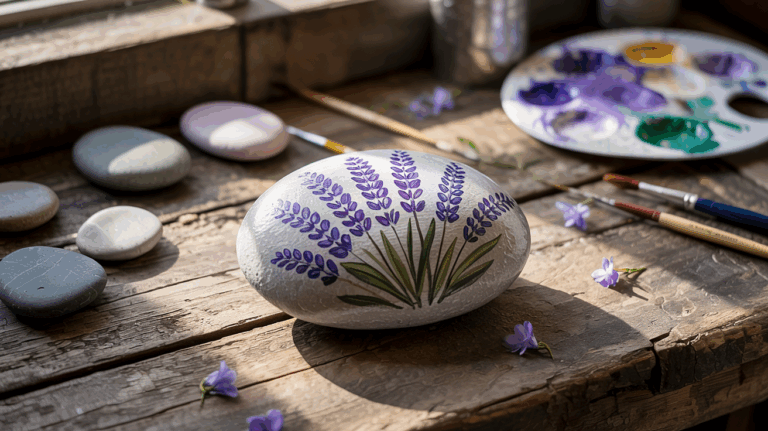Creating useful study guides from your notes is the most critical to mastering subject knowledge, retaining, and succeeding at assessments. More than writing down information is required; structuring those notes into clear, actionable study guides improves focus and understanding. This article breaks down the steps for turning your notes into powerful study resources with the air of an ai homework helper picture.
1. Check and Summarize Your Notes
Start creating an action-based study guide by checking the completeness of your notes. Ensure that the information provided is comprehensive, accurate, and in the proper sequence.
- Arrange topics based on the importance level: Combine ideas that bear relation to one another, for example, head ideas, formulas, or events.
- Fill in missing info: Where some parts of your notes are incomplete, fill it out by consulting reliable textbooks, lecture slides, or other sources.
- Remove the unnecessary words: Write only what is necessary—short notes are better for the mind to understand and help avoid information overload.
The organization of notes will help the key ideas become prominent, which would naturally make it easier to transform into a study guide.
2. Identify Your Goal For The Study

A study guide, per se, must have specific ends. Knowing why you are studying and what you need to learn makes the information more practical.
- Define your learning objectives: Is it for a quiz, or are you studying for final exams, or just trying to make some sense of a difficult concept?
- Focus on key areas: Certain parts of the material may be more important to focus upon, especially those parts with key concepts or ones with higher chances of being tested.
- Set up deadlines to review: Break up the material into chunks and set dates for reviewing each section.
This makes the study guide relevant and manageable with less likelihood of unnecessary distraction.
3. Information Condensation in Key Points
A good study guide makes “tough information look easy.” Convert your note words into a summary by using some of the techniques mentioned below:
- Bullet points and lists: This will make the content scannable and even easier to dig into.
- Keywords and phrases: Focus on key terms as it encompasses the meaning of bigger concepts.
- Visual aids: Incorporate diagrams, flowcharts, or mind maps for better retention.
By cutting out distractions, the study guide gives students a view of what really matters, keeping the material piquant and relevant for timely review.
4. Use Formats that Fit the Material
Every subject demands different formats for study. You would do well to choose the right structure so that the guide complements what you are studying.
- Outlines: Suitable for sequencing topics such as historical timelines or scientific processes.
- Concept maps: Ideal for exploring relationships between interconnected ideas, such as ecosystems or business models.
- Flashcards: Excellent for memorizing vocabulary, formulas, or quick facts.
- Tables or charts: Excellent for comparison, such as the differences between political ideologies or literary movements.
Choosing the right format for the study guide maximizes clarity and provides a generally better learning experience.
5. Add Practice Questions and Quizzes
Including self-assessment tools in your study guide turns it from a passive resource to a proactive learning tool.
- Create practice questions: Draw from old exams or texts to generate meaningful questions.
- Add application problems: especially helpful in mathematics and science
- Set checkpoints: Set checkpoints at the end of every chapter or section so there’s a mini quiz to test your understanding of the material.
Using practice exercises helps you better track your progress and know where to focus.
Leverage AI Tools to Improve Your Study Guide
Today, modern learning techniques make use of technology to ease the study process. For instance, in areas like math, science, and statistics, tools like Gauth, an AI homework assistant, are invaluable. The AI tools analyze questions, explain the concept, and provide solutions in step-by-step formats, making these tools indispensable for developing study guides.
- Visual Support: Some AI applications provide solutions in diagrams, screenshots, and pictures of an AI homework assistant. These visuals help one better understand challenging concepts.
- Quick Fixes: AI-powered tools allow you to double-check practice questions, thereby validating the information in your study guide.
- Personalized Guidance: Gauth, like other similar platforms, accommodates students’ and learners’ unique learning patterns to further pinpoint weak areas.
AI-based tools transform mere study guides into engaging, time-efficient, and result-oriented tools.
Keep the Study Guide Dynamic
A study guide should expand as information unfolds or as your knowledge broadens. Make it flexible and up-to-date:
- Insert annotations: Take notes on what you are learning, any a-ha moments, or new relationships you are making.
- Update questions: Change or add more practice questions based on new lectures or materials that have been presented.
- Remove outdated material: If one section of your guide is no longer relevant to what is being covered, erase it or substitute it with more relevant material.
Dynamic study guides trace you in comparison to your own progress: the learning minds are kept away from stagnation, thus continue growing with more knowledge.
Conclusion
Creating usable study guides from the notes requires thoughtful approaches toward organization and goal-setting and using some balanced formats for the guide. Adding summary statements, self-evaluations, and the active retrieval of methods keep your study guide fresh and workable.
In addition to convenience, AI tools such as Gauth also offer customized solutions and instant feedback through visual aids like AI homework helper pictures. The best of old methods and new technology are combined to enable a student to have all the tools needed for academic success.
















